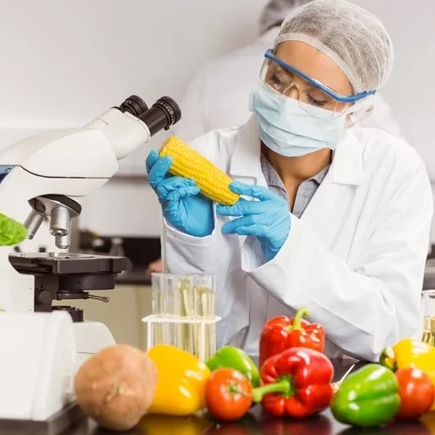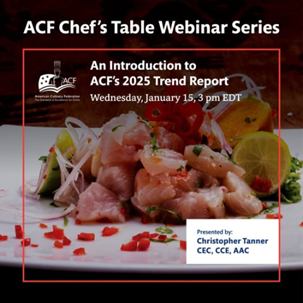Loading Shopping Cart Items...
Catalog

The course covers many areas, including food molecules, heat, acids and bases, colors, flavors and aromas, flavor perception, water, salts, sugars and starches, colloids, lipids, proteins, fermentation, cultural aspects of food, nutrition, and sustainability.
For more information: Food Science Specialized Certificate Introduction
About this item
The Specialized Certificate in Food Science is a 30-hour, self-paced course on food science for food professionals, home cooks, scientists, non-scientists, or anyone who works with food and wants to understand what's going on under the hood.
The course covers many areas, including food molecules, heat, acids and bases, colors, flavors and aromas, flavor perception, water, salts, sugars and starches, colloids, lipids, proteins, fermentation, cultural aspects of food, nutrition, and sustainability.
For more information: Food Science Specialized Certificate Introduction
Course/Activity Information
You will complete this specialized certificate course by reading through a series of content modules and will be quizzed on the content at the conclusion of each module. At the end of the course there is a final exam, and you must earn 80 percent to complete the course and earn the ACF Specialized Certificate in Food Science (certificate and online badge) and 30 continuing education hours.
By the end of this course, you will understand:
- How food molecules are constructed and how and why they interact.
- The different heat sources we use, transfer methods, properties of materials used to cook and bake, carryover cooking, and the many different meanings of “tempering.”
- How acids and bases work, how they affect foods and cooking, and how we can use them to our advantage in preparing foods and for flavor profiles.
- Functional groups and how they change the looks, smells, and tastes of foods.
- The many ways we use baking soda and various acids in the kitchen.
- What causes the different colors in foods, the changes to colors in foods, how to preserve and control colors, and how colors affect taste and nutrition.
- Flavors and aromas in foods and why they are there.
- Multisensory perception, cross-modal perception, and other fascinating topics.
- Protein leverage and the post-ingestive effects of food.
- All about water, solutions and solubility, osmosis, alcohol, specific heat, boiling point, vaporization, freezing, water activity, and food storage.
- The many types of salts (including table salt), and how they change foods.
- Sugars and Starches, including glucans, galactans, fructans, types and properties of sugar, sucrose, hydrocolloids, and the starch cycle.
- Colloids, emulsions, foams, and gels.
- Lipids, triglycerides, fats, phospholipids, waxes, terpenes, and steroids.
- Proteins: structure, how they are formed, gluten, egg foams, transglutaminase, collagen, myosin, elastin, keratin, denaturation, enzymes, and more.
- Nutrition, health, food safety, and sustainability.
- Bacteria, yeasts, and fermentation in foods and in biology.
